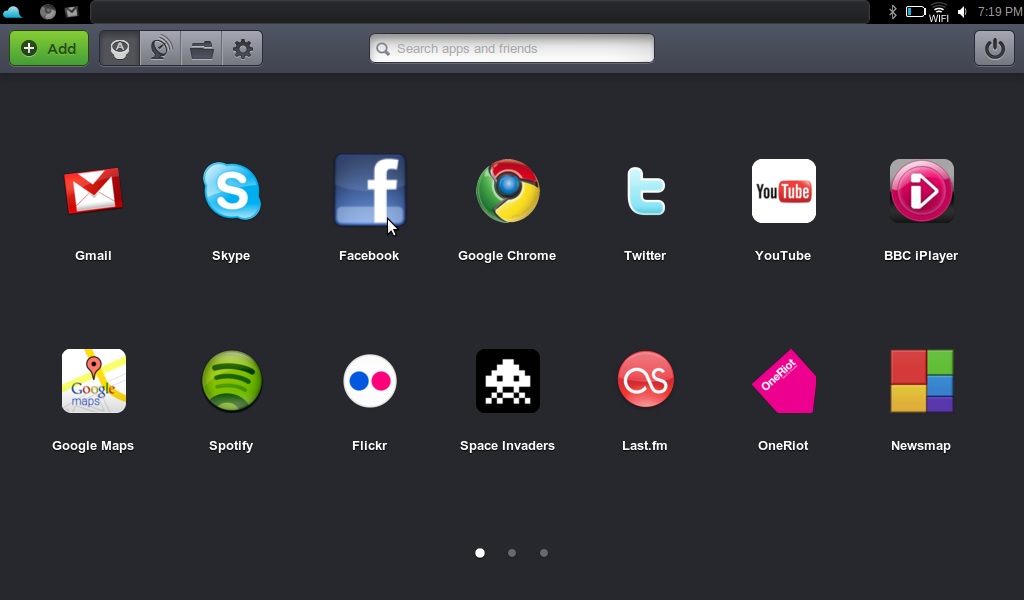![]() Microsoft has cleared up a couple of rumors about a new Xbox 360 model and the Kinect motion-sensing camera, revealing prices and details for both.
Microsoft has cleared up a couple of rumors about a new Xbox 360 model and the Kinect motion-sensing camera, revealing prices and details for both.
The Kinect camera, bundled with one game, will cost $150, the same price Microsoft posted as a “an estimate only” to its online store a month ago. The game is “Kinect Adventures,” a collection of minigames that includes jumping and ducking to avoid obstacles on a moving platform, and moving back and forth in a raft to navigate through rapids.
Microsoft also has a new Xbox 360 model coming August 3, priced at $200 without Kinect. Like the one spotted on Amazon Germany last week, the basic Xbox 360 has a 4 GB flash drive and built-in 802.11 n Wi-Fi. Later this year, the console will be bundled with Kinect and Kinect Adventures for $300. No word on whether the 250 GB console model will get a Kinect bundle.
I’m glad Microsoft went with Kinect Adventures for the console bundle. I tried it at E3, and though it’s not a shining example of what Kinect could be, it’s a better tech demo than Kinect Sports, another minigame collection that just seems too much like Wii Sports. (For that matter, running in place for the hurdles minigame was too much like the Power Pad.)
Microsoft is promising more than 15 games at launch, including Dance Central, arguably the best use of the technology yet. The game is like Guitar Hero for dance, prompting the player to perform full-body dance routines and scoring for accuracy. In another strike at the Wii, Dance Central will cost $50, not $60 like most Xbox 360 games.
Kinect is coming in November, with pre-orders available now. I’m interested in theory, but still waiting to be wowed by the software. That didn’t happen at E3.







